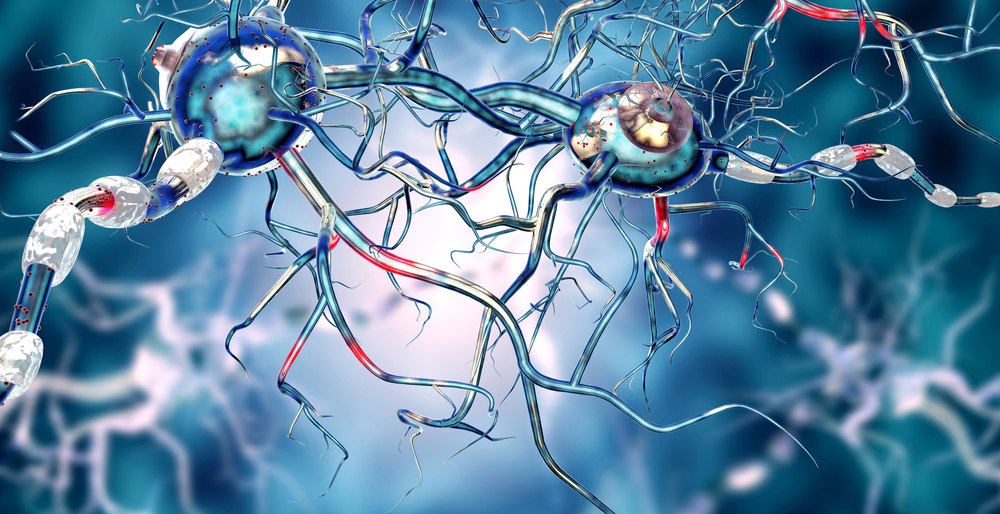Key to Effective Parkinson’s Treatment May Lie in Stem Cells, Researchers Say

One of the most promising therapeutic avenues for Parkinson’s disease is the use of stem cells to replace dopamine-producing neurons, the loss of which is a hallmark of the disease.
This is the focus of a special issue on Parkinson’s disease published in the journal Stem Cells and Development available for free download until Aug. 24.
“The understandable excitement generated by recent successful phase 1 clinical trials in the treatment of Parkinson’s disease (PD) is tempered with worldwide concern for the safe translation of stem cell research to an effective treatment for this terrible disease and other neurological conditions,” Graham C. Parker, PhD, editor-in-chief of the journal, said in a press release. “The research in this special issue reflects the responsible advancement of cell therapy for PD.”
Parkinson’s disease is a chronic and progressive neurodegenerative disorder, caused by the gradual loss of dopaminergic neurons in the substantia nigra, a region of the brain responsible for movement control.
Current standard therapies for Parkinson’s disease often focus on restoring dopamine signaling in the brain to reduce the severity of symptoms and improve patients’ quality of life. However, these treatments do not cure the disease.
The most promising therapeutic approach to truly reverse Parkinson’s progression involves replacing these dopamine-producing neurons that have been lost over the course of the disease. Two articles in the special issue explore this new route, pointing out its advantages and practical challenges.
Join our forums and be part of the Parkinson’s Disease News Today Community!
The first article, “Autologous Induced Pluripotent Stem Cell-Derived Neurons to Treat Parkinson’s Disease,” written by Jeanne F. Loring, PhD, from the Scripps Research Institute in California, discusses the use of patient-derived induced pluripotent stem cells (iPSCs) to treat Parkinson’s disease, and upcoming clinical trials to test this method.
These iPSCs are fully matured cells that researchers are able to reprogram in vitro to revert them back to a stem cell state, where they are able to grow into any type of cell, including dopaminergic neurons.
“It is a personalized therapy, in which we generate iPSCs from each patient and will transplant immunologically matched neurons. This means that there are no costs or potential side effects from giving the patients immunosuppressive drugs,” Loring wrote.
The biggest downside to this technology is its cost, which is still fairly high, but Loring says the economic burden would not be higher in comparison with other personalized cell therapies, such as CAR-T cell therapies — priced at roughly $500,000.
“We hope to begin a clinical trial by the end of next year, 2019, and our current efforts are focused on producing data for regulatory agencies that will assure them of the safety and efficacy of the autologous [patient-specific] dopamine neurons. If we are successful, the restoration of health to people living with PD will be priceless,” she said.
The second article, “Novel Approach to Stem Cell Therapy in Parkinson’s Disease,” written by Russell Kern, PhD, of the International Stem Cell Corporation in California, and colleagues, focuses on an alternative approach to stem cell therapy.
Instead of using iPSCs to generate patient-specific neurons, they propose using parthenogenetic-derived neural stem cells — stem cells obtained by chemical manipulations in unfertilized human oocytes, an immature egg cell, which are also able to grow into neurons.
The major advantages of this approach include avoiding ethical concerns since no fetus or viable embryo is used in their derivation (which is also the case with iPSCs), the reduced number of possible mutations in comparison with iPSCs, and also their low immunogenicity, which is the ability of a particular substance to trigger an immune response.
The authors are confident this alternative technique will be beneficial for the treatment of Parkinson’s patients, pointing to promising evidence in preclinical studies that supported a first human Phase 1 clinical trial (NCT02452723) evaluating the safety of a pluripotent stem cell-based treatment in Parkinson’s patients already underway.
“Our therapeutic approach is not only based on cell replacement but also on neuroprotection, neurotrophic support, and immunomodulation and has the potential to rescue the nigrostriatal and extranigral [dopaminergic] systems and significantly improve motor and cognitive functions, as well as quality of life, offering hope to patients worldwide suffering from this devastating disease,” they wrote.






